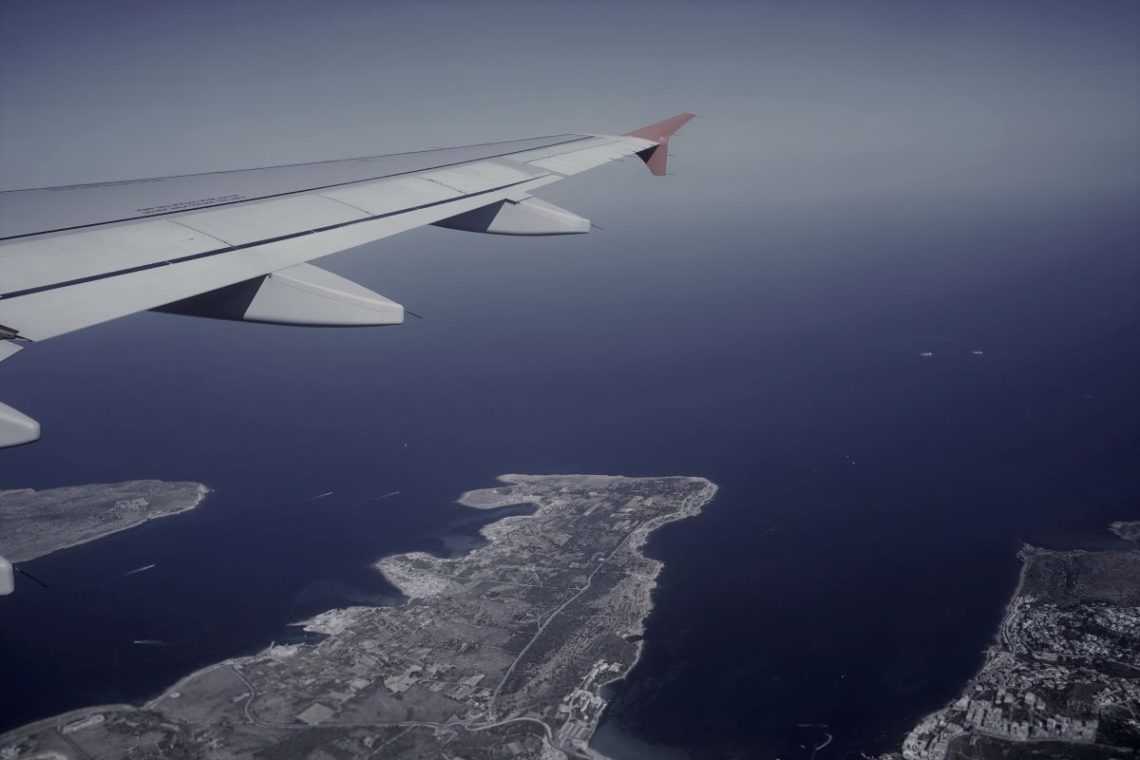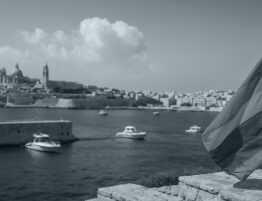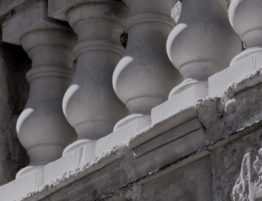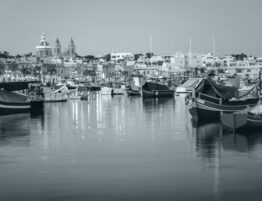
Modelled on the British system, the education system adopted by the Maltese island comprises two compulsory stages: primary education (from age five until age eleven) and secondary education (from age twelve until age sixteen). Following completion of secondary education, youths are free to choose whether to complete their education at a post-secondary, and eventually tertiary level; or they may opt to join Malta’s workforce. Almost every locality in Malta features at least one primary school, and most localities also feature secondary schools.
Types of Educational Institutions in Malta
There are three kinds of educational institutions in Malta and Gozo which cater for compulsory education – private schools, government owned schools and church run schools. The benefits of private schooling in Malta is that your child will receive more individual attention to cater for his or her specific needs, as these schools tend to have more resources available than either state owned schools or church schools.
Secondary education includes a number of compulsory subjects, including mathematics, English, Maltese (for Maltese nationals), at least one science subject and one foreign language, and environmental studies. A number of elective subjects are also available, including various foreign languages and subjects across both the humanities and sciences.
MATSEC examinations
At the end of their compulsory education, before deciding whether to continue studying, students sit for the matriculation certificate – known as the MATSEC examinations (a system based on the British O’level system). Similar exams at an advanced level are held should students choose to further their education at a sixth form, and are a pre-requisite for entrance to many courses at the University of Malta. You can find more information about MATSEC and A’level examinations here.
Post-secondary Education
Malta boasts one of the highest levels of post-secondary education in Europe, with over 11,000 registered students at the University of Malta alone. There are six sixth form colleges in Malta – St. Martin’s College; St. Edward’s College; St. Aloysius College; De La Salle College; G.F. Abela Junior College and Giovanni Curmi Higher Secondary School. There is also a state run sixth form in Gozo – Sir M.A. Refalo Post Secondary School.
Alternatives to sixth form is the Malta College of Arts, Science and Technology (MCAST), which offers higher education at various levels ranging from part-time evening courses, to university level degree course; or the Institute of Tourism Studies.
The University of Malta
Following completion of post-secondary education, many students opt to continue their studies at a tertiary level, where a number of options are available. The largest tertiary education institution is the University of Malta, boasting over 11,000 students at undergraduate, postgraduate and doctoral levels. Education at an undergraduate level is free of charge for all Maltese and EU nationals. Other tertiary level institutions include St. Martin’s institute for higher education and the European Institute for Education, as well as a number of smaller, privately run degree courses.
More and more students in Malta choose to complete their education at a Master’s level. Although many courses of which are available at the University of Malta, it is becoming common practice for students to seek higher education abroad – as the reputation of the University of Malta paves the way for admittance into an almost limitless number of postgraduate programmes.
Malta’s Government Education Incentives
Malta’s Government has always remained committed to furthering education levels, offering a large number of incentives to subsidise the cost of continuing education at a level required to maintain the country’s socioeconomic development across a huge range of sectors. This is evident in the consistently growth in the number of annual graduates across all levels of education.






